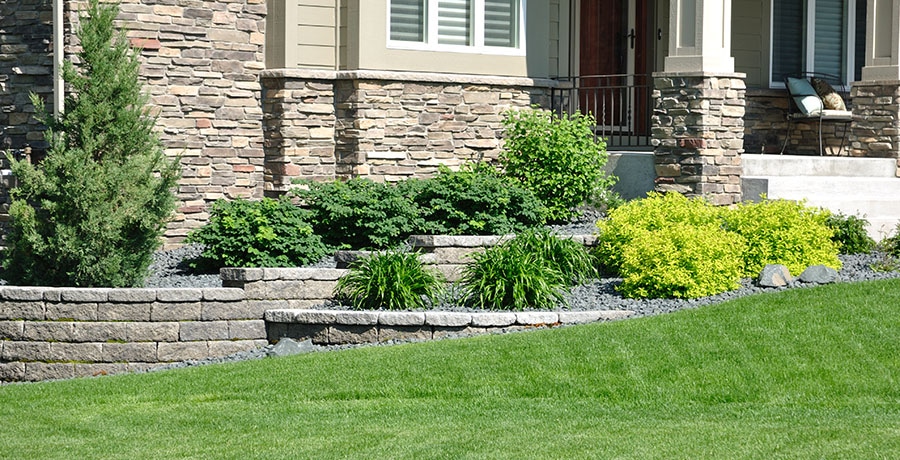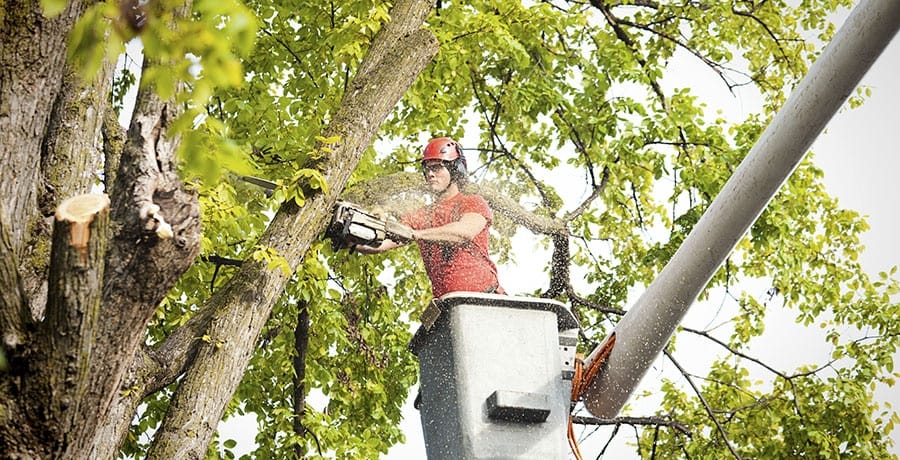Retaining walls are structures built to hold back soil and debris. You can get this built by patio builders. These walls have several advantages and disadvantages to offer. However, the popularity graph of these walls shows an ever-increasing trend. So, if you are planning to have one built for yourself, here are some things you need to consider.
Advantages Of Building A Retaining Wall
Increase In Property Value
One of the biggest advantages of building a retaining wall is the increase in property value. In addition to improving the curb appeal of your home, retaining walls help protect against property damage caused by flooding and erosion, which decrease the value of your home.
Although the increase in the property’s value will depend on the location and the type of retaining wall, properties with such features are sure to bring good returns.
Improved Drainage
Another major advantage of building a retaining wall is improved drainage. Having a retaining wall built means excess water is directed away from structures and towards lower-lying areas. As a result, your property is protected against severe damage from erosion and flooding.
If you happen to live in a region that experiences extreme weather conditions, having a retaining wall is a must. On top of that, if you are someone who loves nature and likes to have plants, shrubs, and trees surrounding your property, you will be able to keep them protected in case the rain comes down hard.
Reduced Maintenance
Some people opt for fences or other landscaping features to add to the visual appeal and security of their properties that require maintenance. However, in the case of retaining walls, you do not need to put in time and effort on a weekly or monthly basis.
The only factor you need to keep in mind is proper construction and installation. Building a retaining wall is not easy as it seems and may take a few weeks. If the job has been done perfectly by retaining wall builders Long Island, you need not worry about the wall for years.
Disadvantages of Building a Retaining Wall
Retaining Walls Can Be Expensive
Retaining walls can be expensive to build depending on the size and type you go for. Even though there are cheaper options available in the market but won’t last long. For a well-built retaining wall, you should expect around $20-$50 per square foot.
This means it could be difficult for you to build one especially if you are tight on the budget. However, then again, it should be kept in mind that a retaining wall helps increase your property’s value.
Retaining Walls Require Annual Inspection
As mentioned earlier, retaining walls do not require weekly or monthly inspections only annual inspections. The sole purpose of the inspections is to ensure the wall is in good condition. Considering external factors such as extreme weather conditions, retaining walls can crack over time.
So, the inspection will allow you to repair the cracks and reseal them. Of course, you will be spending some money but instead of considering it an expense, you should think of it as an investment for the advantages it has to offer.
Additionally, it is not necessary that retaining walls need repairs on every inspection. It might be that your wall does not require any repairs at all for a few years if external factors do not take a toll on it.
Retaining Walls Can Be Dangerous
You might be surprised to hear this but there is no need to panic. The only reason retaining walls can be dangerous is if they are built by amateurs. An improper or poorly constructed wall can be threatening especially if it is built near a walkway or driveway.
The best way to prevent serious situations is to choose a professional. A professional might charge you slightly more than the market average but will ensure the job is done perfectly. Moreover, retaining walls should only be built in stable areas, and that too after performing risk analysis.
Retaining Walls Can Take Too Much Space
Sometimes, retaining walls can take up too much space. This is a common complaint amongst homeowners who have decided to build retaining walls in their properties. However, it is too late for them to realize once it has been built. That said, building a retaining wall might not seem to be a big job but requires thorough assessment and planning.
The last thing you would want is the retaining wall blocking the views and making it difficult to walk in areas that are meant for high foot traffic. Moreover, you will also need to consider other factors such as patios, porches, etc. if you already have them in your house.
How To Build A Retaining Wall?
Once you have decided on building a retaining wall for your home, you need to follow a few steps. First, you need to decide the type of material for the retaining wall. You can choose between stone, concrete, vinyl, and wood. Your decision should be based on your budget, location, and size of the property as well as the retaining wall.
However, keep in mind that concrete retaining walls tend to be the most affordable while stone walls offer a more natural look. Meanwhile, vinyl and wood retaining walls are more expensive options if you are looking to improve your backyard or front yard.
Now that you have decided on the type, it is time to begin construction. Always choose a professional for this job and inspect the stability and quality for any potential problems once it is complete.
And finally, seal the wall and schedule annual maintenance to prolong its lifespan.
Types Of Retaining Walls
Gravity Retaining Walls
Gravity retaining walls prevent toppling and sliding by using the gravitational force of their weight. This helps them resist the lateral pressure from the soil behind them. These are the simplest type of retaining walls and are usually built using bricks, concrete, masonry, etc.
Cantilever Retaining Walls
Cantilever retaining walls are built using reinforced concrete in an inverted T-shape or L-shaped foundation. A cantilever retaining wall consists of a base slab and a stem located under the backfill. As a result, the vertical pressure produced by the soil behind the wall is directed to the base, which helps the wall withstand pressure.
Gabion Retaining Wall
A gabion retaining wall is a wall packing rectangular wire mesh containers filled with rocks or other suitable materials. These walls are used to stabilize steep slopes and develop erosion management structures.
Anchored Retaining Wall
An anchored retaining wall is used or built if the house is constrained. These are relatively thin walls suitable for loose soil on rocks. As the term suggests, these walls consist of anchors installed deep into the earth to eliminate slipping and pressure.
Conclusion
A retaining wall can surely protect your property from flooding, erosion, and other threatening situations. However, it could be expensive and simply might not suit your property. Therefore, increasing the property’s value is one thing, wasting your money on something that does not offer any value won’t be worth it. Therefore, always consult an expert like patio contractors Long Island who can lay a patio and build a retaining wall as well. And keep the tips mentioned above in mind to make the right moves.



